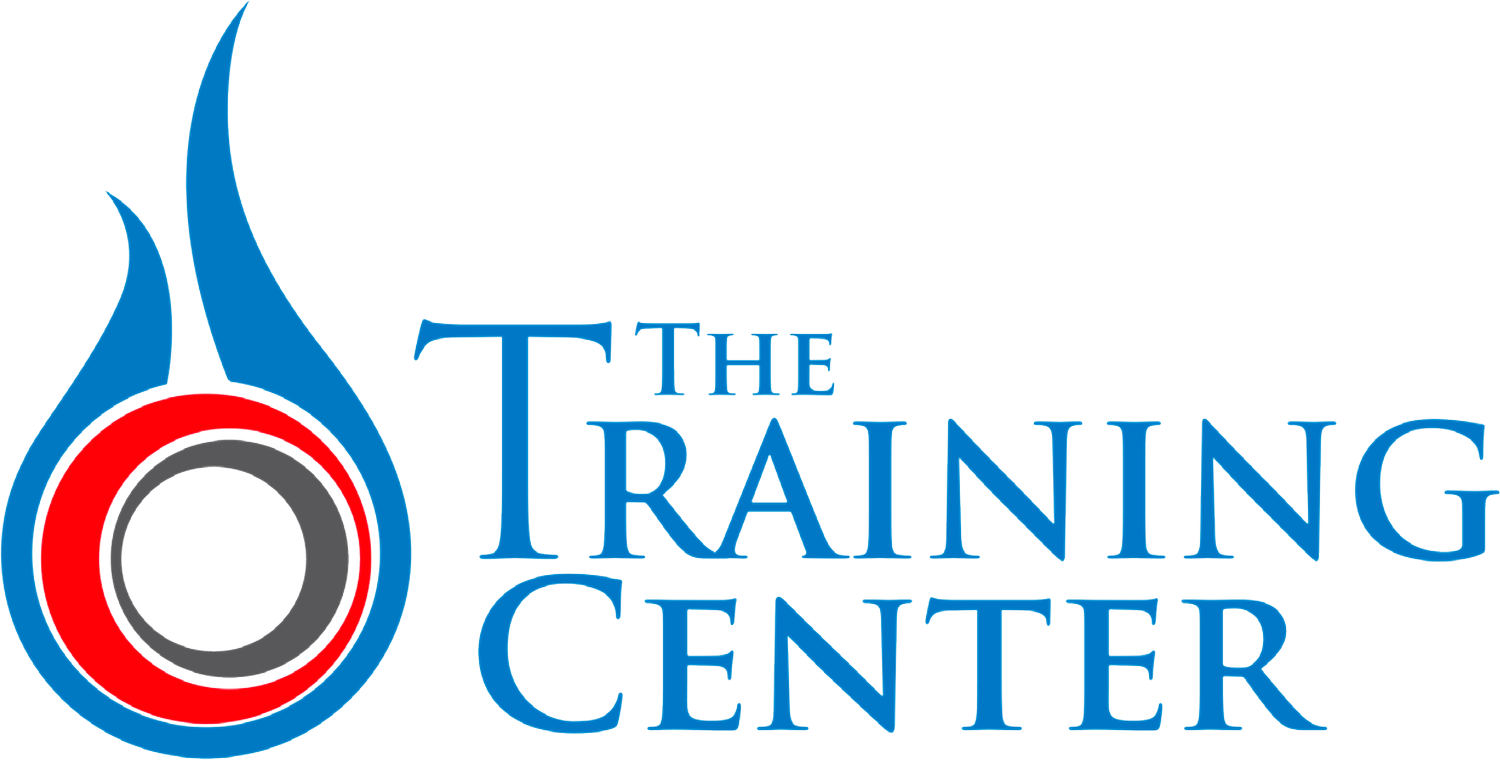
Refrigeration Thermodynamics:
A Journey of Innovation and Impact
Thermodynamics of Refrigeration
Refrigeration Thermodynamics: A Journey of Innovation and Impact
by Jonathan Kilburn
Refrigeration thermodynamics is not just a technical term reserved for science textbooks; it's a testament to the myriad ways in which humans have harnessed the forces of nature to improve the quality of life with basic heat transfer. Spanning centuries, the evolution of refrigeration technologies showcases not only our understanding of the natural world but also our spirit to innovate.
The development of modern utilization of thermodynamics starts with the experiments on entropy from William Cullen in 1755. This was an era when humanity’s understanding of the world was being radically transformed. In this transformative epoch, Cullen made a remarkable discovery. He unveiled the mesmerizing potential of evaporating volatile liquids to cool an object. A simple heat exchange. Today, we might take this for granted, but in the context of the 18th century, Cullen’s experiment wasn't just a scientific novelty. It was the genesis of a groundbreaking journey, opening the door to unprecedented possibilities of environmental control of both high temperature and low temperatures
Soon after, the 19th century witnessed yet another monumental leap with the contributions of Sadi Carnot. His 1824 investigations into thermodynamics have significantly more implications than just academic intrigue. He created the configuration of the theoretical foundation upon which many modern refrigeration cycle systems are built, introducing the Carnot cycle. It’s intriguing to think that the modern refrigerator humming in our kitchen or the air conditioner that makes scorching summers bearable can trace their lineage back to this theoretical construct.
Carl von Linde's innovations in 1895 represented a further evolution of this technology. By developing techniques of liquid gas refrigeration, Linde brought a diverse range of applications into the realm of possibility. Beyond just keeping our food fresh, the implications of Linde's work spanned medical applications and various industrial processes, creating ripples of change that would set the stage for the innovations to follow. This set in motion the development of compressors and condensers in refrigeration.
One such innovation came with the introduction of Freon in 1928. Building on the foundational work of his predecessors, Thomas Midgley's chlorinated fluorocarbons brought about a radical shift in the safety, optimization, and efficiency of refrigeration systems. This was not just an incremental improvement; it was a transformative one. Freon's properties, as a working fluid, drastically lowered the barriers to entry for refrigeration technology in everyday households. The ubiquity of refrigerators and air conditioners, especially in the 20th century, can be largely attributed to this particular advancement.
Building on this momentum, the domain of thermodynamics saw yet another groundbreaking innovation with Gustaf Lorentzen's development of heat pumps in the mid-20th century. Where previous innovations focused predominantly on cooling, Lorentzen's heat pumps could both heat and cool spaces, showcasing the true versatility of thermodynamic applications. These systems offered a more comprehensive approach to climate control, bridging the gap between cold winters and hot summers. The compression process and colling capacity drastically increased the utilization of thermodynamic heating and cooling beyond commercial and domestic refrigerators.
As we transitioned into the 21st century, the focus pivoted to sustainability. Reflecting the growing global consciousness towards environmental concerns, the refrigeration industry underwent a paradigm shift with a focus on global warming. Emphasizing energy efficiency, global standards were instituted to reduce emissions and energy consumption in cooling systems. Moreover, the emergence of magnetic refrigeration offered a more environmentally friendly alternative to traditional cooling methods. As the world grappled with the environmental repercussions of previous technologies, the industry's emphasis on eco-friendly refrigerants, capable of similar cooling capacity while maintaining constant pressure, reflected a renewed commitment to ensuring that these critical systems operated in harmony with the planet.
The journey of refrigeration thermodynamics is a testament to humanity’s relentless pursuit of progress. It's a narrative woven from threads of curiosity, innovation, and resilience. From the foundational work of Cullen to the modern emphasis on sustainability, each phase has built upon the last, reflecting a continuous cycle of learning and innovation. As we stand on the shoulders of these giants, we look forward to a future that is not only cooler and more comfortable but also more conscientious and sustainable.
Citations:
Cullen, W. (1756). "Artificial Refrigeration," Philosophical Transactions of the Royal Society of London. https://royalsocietypublishing.org/doi/abs/10.1098/rstl.1756.0019
Carnot, S. (1824). "Reflections on the Motive Power of Heat." https://archive.org/details/reflectionsonmot00carnrich
Linde, C. von (1895). "Method of and Apparatus for Liquefying Gases," U.S. Patent No. 557,256. https://patents.google.com/patent/US557256A/en
Midgley, T. Jr. (1937). "A Critical Review of the Development of the Chlorinated Fluorocarbons," Journal of Chemical Education. https://doi.org/10.1021/ed010p327
Lorentzen, G. (1989). "The Lorentzen Ammonia Heat Pump," International Journal of Refrigeration. https://doi.org/10.1016/S0140-7007(89)80030-4
IEA (2019). "Energy Efficiency Standards for Refrigeration," International Energy Agency. https://www.iea.org/reports/energy-efficiency-2019
Gschneidner Jr., K. et al. (2006). "Recent Developments in Magnetic Refrigeration," Materials Science Forum. https://doi.org/10.4028/www.scientific.net/MSF.545-549.1727
UNEP (2016). "HFC Phasedown: A Global Opportunity," United Nations Environment Programme. https://www.unenvironment.org/ozonaction/who-we-are/publication/hfc-phasedown-global-opportunity-2016
Find out more about both programs by visiting our website: www.thetrainingcenter.com or by visiting our EPA 608 and EPA 609 pages.
